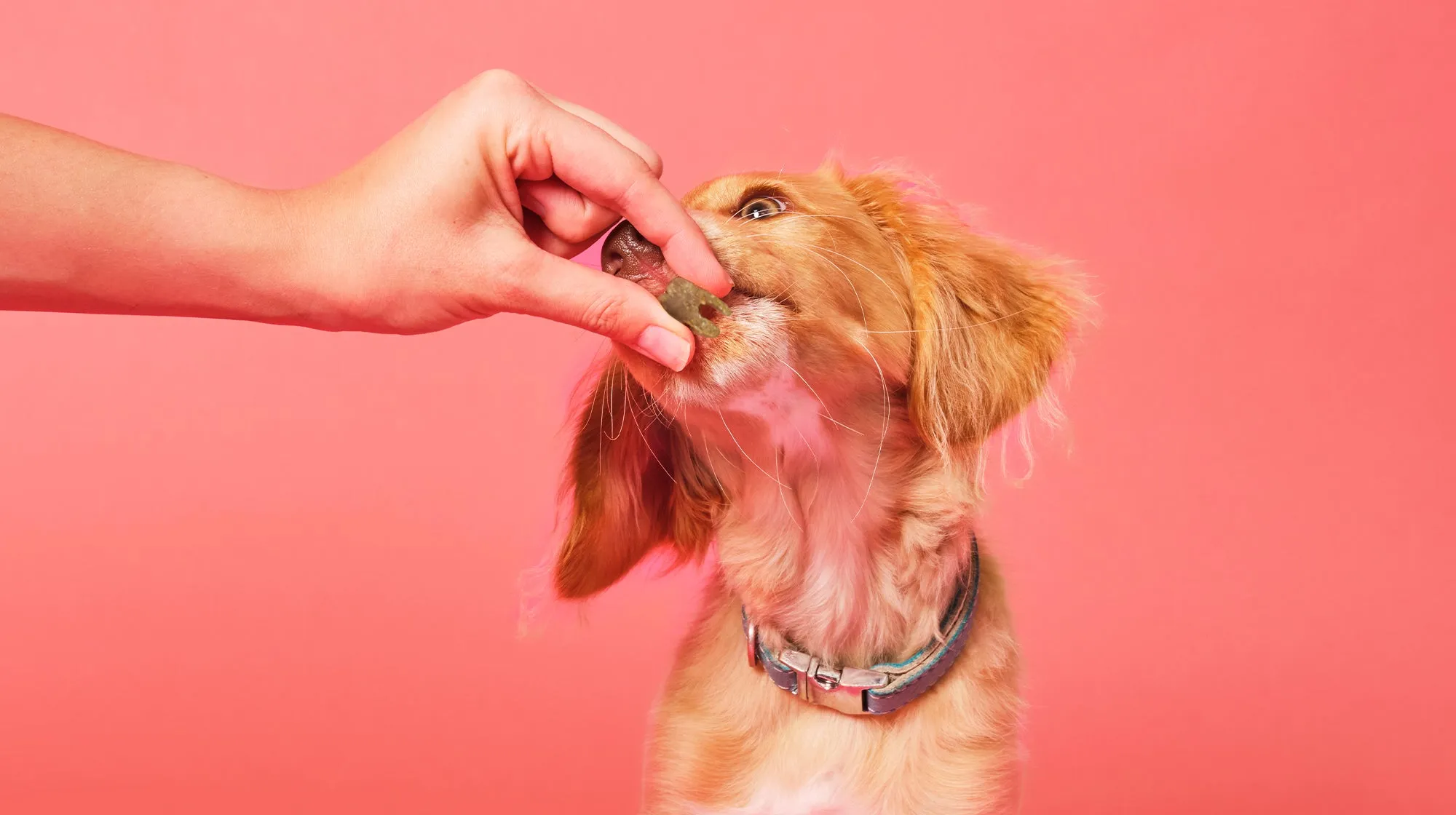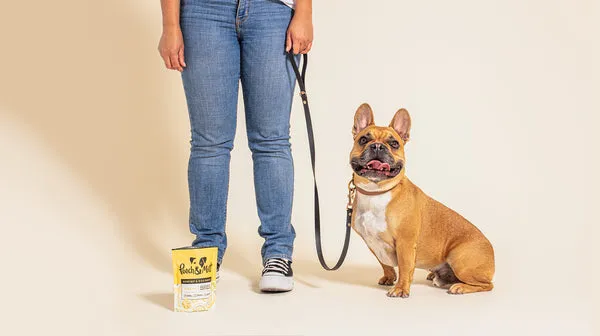Bringing a new puppy into your home is an exciting time, filled with boundless energy and unconditional affection. While your new furry friend may quickly bond with you and follow your every move indoors, venturing out into the wider world requires a crucial life skill: leash training. Teaching your puppy to walk politely on a leash is not just about control; it’s about ensuring their safety, fostering good behavior, and enabling them to explore the world with confidence and calmness. This lifelong skill is fundamental for any responsible dog owner, providing countless opportunities for enjoyable walks and strengthening the bond between you and your canine companion.
Understanding [how to teach a puppy to come](https://dogcarestory.com/how-to-teach-a-puppy-to-come/) is a foundational step, as effective leash training hinges on your puppy’s ability to respond to your commands and walk calmly by your side. This guide will walk you through the process, answer common questions, and provide step-by-step instructions to help your puppy master the art of loose-lead walking.
Understanding Puppy Leash Training & Loose Lead Walking
At its core, loose-lead training means teaching your dog to walk alongside you without pulling, darting away, or getting entangled in the leash. It’s a routine skill that becomes an indispensable part of your dog’s daily life and overall well-being. Walking a dog off-leash, regardless of how well-behaved they seem, can be risky and is often considered irresponsible in many public settings due to potential dangers to your dog, other animals, and people.
For these reasons, training a puppy to comfortably and happily walk on a leash from a young age is incredibly important. It contributes significantly to their development, helping them grow into a calm, well-adjusted, and regularly exercised adult dog. This early training establishes good habits and reinforces your role as a trusted guide.
Getting Started: When To Train Your Puppy On Leash
One of the most common questions new owners have is, “How Old To Train Puppy On Leash?” Leash training typically begins when a puppy is around 8 weeks old. At this age, puppies are usually receptive to learning short distances and adapting to new experiences. However, the exact timing can vary based on the individual puppy’s readiness. Factors such as their developmental stage, overall health, and the strength of their bond with you can influence when they are ready to begin.
It’s crucial that your puppy feels completely confident and secure before starting formal leash training. If they are timid, have any growth or developmental issues, or are still bonding with you, it’s best to wait until they are more comfortable. A confident puppy will be more receptive to training, making the process more effective and less stressful for both of you.
Essential Equipment for Leash Training
Before you embark on your training journey, ensure you have the right tools. High-quality, well-fitting equipment is key to a comfortable and successful training experience.
- Harness: Opt for a high-quality, well-fitting harness. It should be snug enough that your puppy cannot slip out, but not so tight that it restricts movement or causes discomfort. Avoid harnesses that tighten when your dog pulls, as these can be counterproductive during the training phase. A front-clip harness can be particularly useful for puppies prone to pulling, as it redirects their attention back towards you.
- Training Lead: Retractable leads are not suitable for training, as they don’t provide consistent feedback. Instead, choose a solid, fixed-length training lead, typically 4-6 feet long, that easily clips onto your puppy’s harness. This length provides enough freedom for your puppy to explore safely while allowing you to maintain control.
- Identification Tag: By law in many places, your dog must wear a collar with an identification tag when out in public. Ensure the collar is comfortable, flat, and snug, allowing you to fit two fingers underneath. The tag should include your name and address.
- Treats: Positive reinforcement is vital for successful training. Have plenty of small, high-value, healthy dog treats on hand. These incentives will help your puppy associate the training process and good behavior with positive rewards.
Step-by-Step Guide to Leash Training Your Puppy
Leash training might require patience, but the process is straightforward. With consistency and positive reinforcement, your puppy will soon be walking politely by your side.
Step 1: Teach Your Pup to Come to Your Side
The foundation of leash training is your puppy understanding how to come to you on demand. This skill is essential because walking calmly on a leash means staying close to you, even with distractions. Start indoors in a familiar environment. As you play, create a distinct verbal cue (like “here” or “come”) or a sound (like a gentle cluck) that signals a treat is coming if they look at you. Once your puppy consistently makes eye contact for a treat, gradually increase the distance, asking them to come to your side before rewarding them.
Step 2: Get Them Used to Wearing the Harness and Lead
Introduce the harness and lead by letting your puppy wear them during regular playtime indoors. The goal is for them to become completely comfortable with the gear, associating it with positive experiences. While they are wearing the harness and lead, practice your “come to my side” cue, rewarding them with treats. This helps them understand that wearing the equipment leads to good things.
Step 3: Walk Your Pup a Few Steps on the Leash
With your puppy accustomed to the harness and lead, begin practicing short walks indoors. Hold the training lead loosely, allowing some slack. Walk a few steps, rewarding and praising your puppy each time they walk alongside you without pulling. If your puppy starts to pull, stop completely. Stand still and repeat your “come to me” cue, waiting for them to return to your side and relax the leash before you start walking again. Consistency here teaches them that pulling gets them nowhere.
 A golden coloured cocker-mix puppy, taking a treat, against a salmon pink coloured background
A golden coloured cocker-mix puppy, taking a treat, against a salmon pink coloured background
Step 4: Take It Outside to a Secure Garden
Once your puppy is reliably walking alongside you indoors, gradually introduce them to an outdoor environment. Start in a secure garden or a quiet, fenced area where distractions are minimal. Continue practicing the steps learned indoors, rewarding calm walking and stopping whenever they pull. This controlled outdoor setting is an important bridge before moving to more stimulating public spaces.
Step 5: Be Consistent in Your Puppy Leash Training
It can be tempting to rush outdoor walks once your puppy shows initial progress. However, public environments are full of new sights, sounds, and smells that can be overwhelming for an untrained puppy. Consistency is paramount. Continue practicing regularly, reinforcing correct behavior, and preparing your puppy for the myriad distractions they will encounter outside. This consistent positive reinforcement will help your puppy understand that wearing their harness and lead means exciting walks are coming, making future outings much smoother. This consistency is also vital for general good behavior and helps with issues like [how to get puppy to stop jumping on me](https://dogcarestory.com/how-to-get-puppy-to-stop-jumping-on-me/).
Overcoming Common Leash Training Challenges
Even with a step-by-step guide, you’re likely to encounter a few common challenges during puppy leash training. Here’s how to address them.
How to Stop a Puppy Pulling on the Leash
Puppy pulling is perhaps the most frequent issue owners face, making walks unpleasant and difficult to manage. The core goal of leash training is for your puppy to calmly trot alongside or slightly in front of you, without tugging. The “stop when they pull” method is highly effective. As soon as your puppy pulls, halt completely. Only resume walking when the leash slackens, indicating your puppy has eased the tension. Consistent application teaches them that a loose leash equals forward movement. For detailed strategies on how to prevent this, explore our guide on [how to leash train your dog not to pull](https://dogcarestory.com/how-to-leash-train-your-dog-not-to-pull/). This principle also applies to teaching your dog to [walk without pulling](https://dogcarestory.com/how-to-train-a-dog-to-walk-without-pulling/) effectively.
Using a Training Lead Effectively
Remember that an extendable lead is not suitable for initial puppy training. A fixed-length training lead (up to 6 feet) is best. When holding the lead, loop it once in your hand to keep it secure, holding it loosely above your puppy’s head. As you walk, allow some slack so they have room to move without feeling restricted. It’s crucial to be mindful of your puppy’s sensitive neck, especially during their growth phase. Avoid yanking or jerking the lead to control them. Instead, rely on your body language, verbal cues, and positive reinforcement to guide their behavior.
Maintaining the Right Attitude and Energy
Your attitude significantly impacts your puppy’s learning. Remain calm and extremely patient throughout the leash training process. At the same time, demonstrate encouraging and positive energy. You want your puppy to associate the leash and harness not only with safety, security, and routine but also with positivity and excitement—after all, it’s time for a walk! Approaching training with this positive mindset will be far more effective in the long term than being overly commanding or frustrated.
 A French Bulldog, on a lead with their owner, against a cream coloured background
A French Bulldog, on a lead with their owner, against a cream coloured background
Frequently Asked Questions About Leash Training
Even with the best preparation, questions often arise. Here are answers to some common queries about leash training your puppy.
How to Stop a Puppy Biting the Leash?
Many puppies enjoy biting and wrestling with the leash when it’s first attached. To curb this behavior, the key is distraction and redirection. As soon as your puppy starts biting the leash, distract them with a toy or a well-timed treat. Reward them immediately when they stop biting the leash. With consistent practice, your puppy will learn that biting the leash is not rewarding, and they will eventually cease the behavior even without constant treats.
How Long Does It Take to Leash Train a Puppy?
The duration it takes for a puppy to become fully leash-trained is highly variable. Some puppies grasp the concept quickly, remembering what to do after just a few tries. Others may take longer, especially if they are particularly anxious, easily distracted by their surroundings, or have prior negative associations with the leash. Generally, you can expect to see consistent progress that sticks anywhere from a few weeks to a few months. Patience and consistency are your greatest allies in this process.
Conclusion
Leash training your new puppy is one of the most exciting and rewarding experiences as a dog owner. Not only does it make walks more enjoyable and safer for everyone, but it also significantly strengthens the bond and sense of security between you and your young companion. By understanding [how to stop my puppy from jumping on me](https://dogcarestory.com/how-to-stop-my-puppy-from-jumping-on-me/) and other obedience commands in conjunction with leash training, you’re setting your dog up for a lifetime of good behavior. Remember to approach the training with patience, warmth, and encouragement, and before you know it, your puppy will be trotting happily and confidently by your side, ready to explore the world with you.
